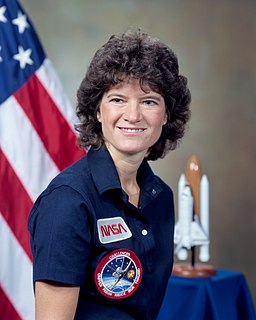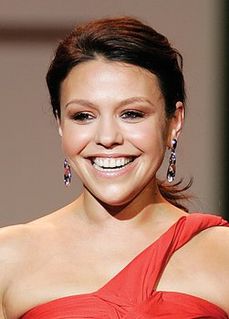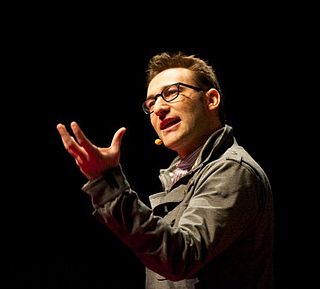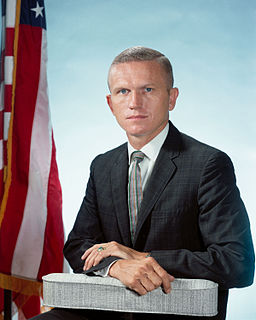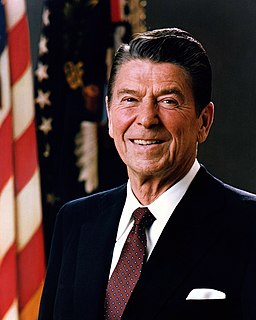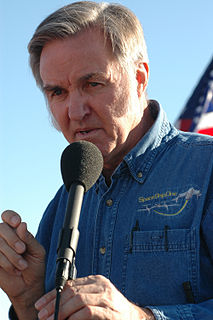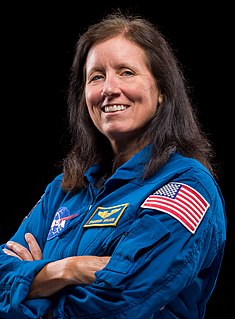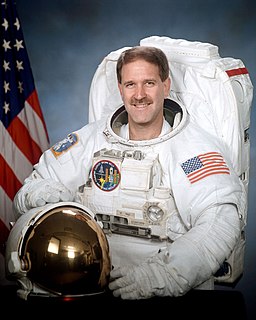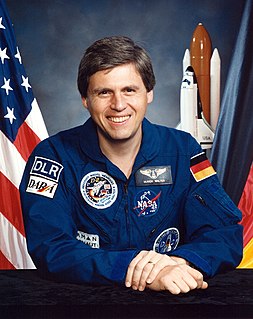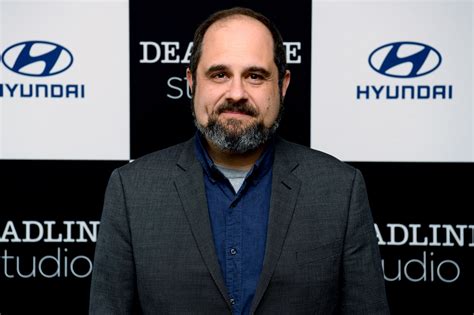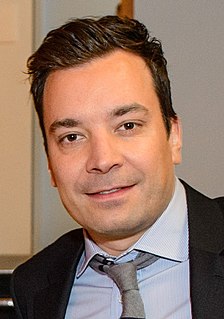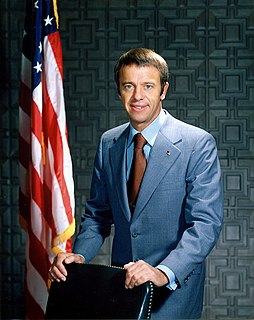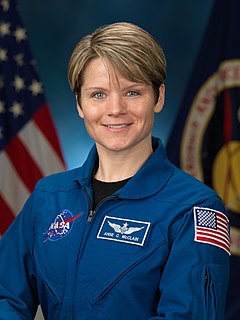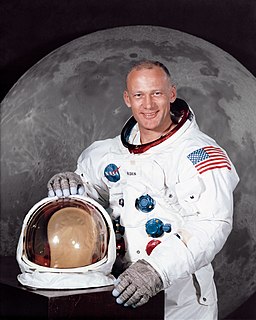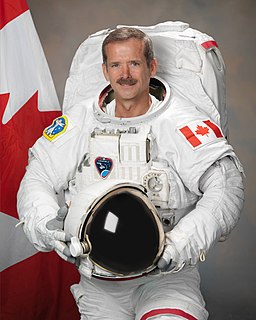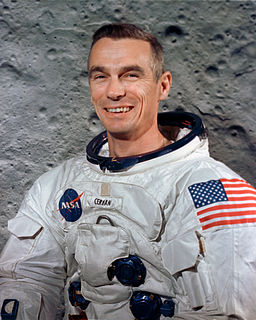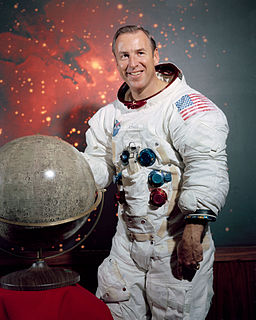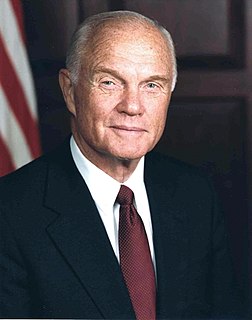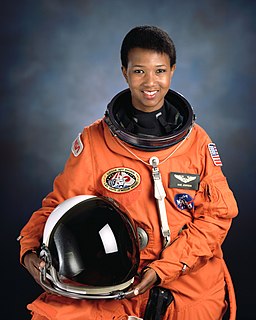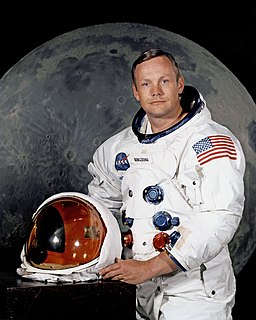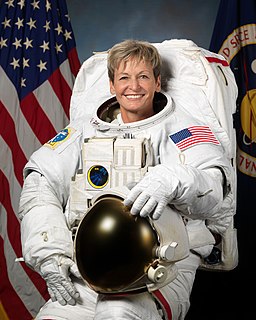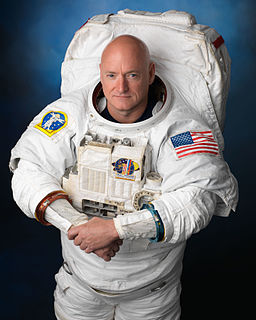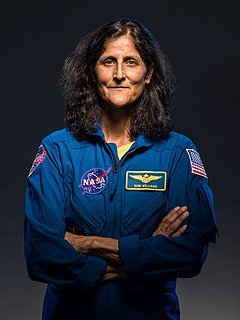A Quote by Sally Ride
After the Challenger accident, NASA put in a lot of time to improve the safety of the space shuttle to fix the things that had gone wrong.
Related Quotes
There is just no way that I can understand in God's green earth that an airline could undertake with its normal procedures the operation of the Space Shuttle. . . . You don't put parachutes on airliners because the margin of safety is built into the machine. The 727 airplanes we fly are proven vehicles with levels of safety and redundancy built in. The shuttle is a hand-made piece of experimental gear.
In 1986, the space shuttle Challenger exploded and crashed down to Earth less than two minutes after takeoff. The cause of that crash, it turned out, was an inexpensive rubber O-ring in the booster rocket that had frozen on the launchpad the night before and failed catastrophically moments after takeoff.
Our nation is indeed fortunate that we can still draw on an immense reservoir of courage, character, and fortitude, that we are still blessed with heroes like those of the Space Shuttle Challenger. Man will continue his conquest of space. To reach out for new goals and ever-greater achievements, that is the way we shall commemorate our seven Challenger heroes.
Chernobyl happened in April of 1986. A few months earlier, in January 1986, the Challenger space shuttle exploded. It did not have the impact on the environment and the amount of lives that Chernobyl did, but it was the result of the same exact problem: a failure of a lot of people and institutions over a long period of time.
There's a huge amount of pressure on every astronaut, because when you get right down to it, the experiments that are conducted on a space flight, or the satellites that are carried up, the work that's to be done, is important and expensive work, and you are up there for a week or two on a Space Shuttle flight. The country has invested a lot of money in you and your training, and the Space Shuttle and everything that's in it, and you have to do things correctly. You can't make a mistake during that week or two that you're in space.
We need to be very thoughtful about how we propose to spend the money that NASA does have for space exploration. And we need to be clear that there's the human spaceflight part of NASA, and there's the science space part of NASA, and there's also aeronautics. Those are all very different things that NASA does.
